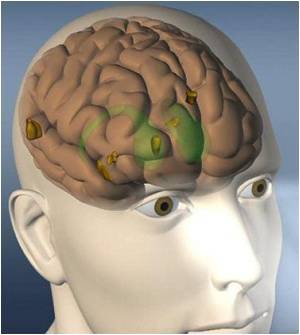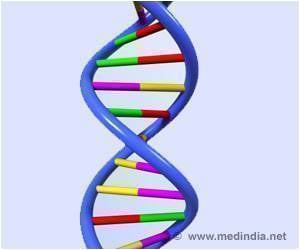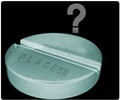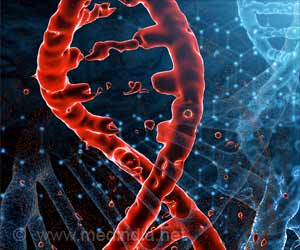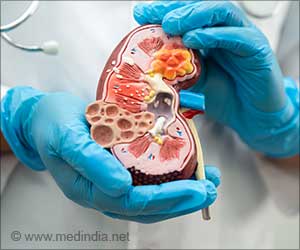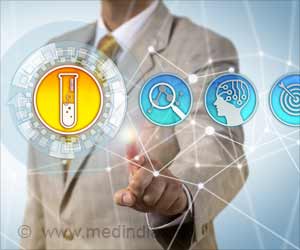Millions of stem cells were injected at 14 sites in a 64-year-old man’s brain as a treatment to boost levels of the neurotransmitter dopamine.

‘An unfertilised egg activated in a lab was used instead of the usual embryonic stem cells to regenerate neurons and produce dopamine.’





Usually the surgical treatment for Parkinson's is deep brain stimulation, with neurosurgeons drilling holes into a patient's skull and putting wires into two parts of the brain. Researchers at the Royal Melbourne Hospital said because the stem cells were created in a lab, the ethical dilemma of using them was avoided. But in the most recent trial, millions of stem cells were injected at 14 sites in the patient's brain, Garish Nair, a neurosurgeon at the Royal Melbourne Hospital, said.
"The challenge was to do it in a way that you minimise the number of times that you pass your instrument through the brain, to minimise the damage," Dr Nair said. "So we had to actually plan out a new methodology of doing it. I think we did about three or four dummy runs before we were confident that we got it perfectly right."
He said their hope was that the stem cells would boost levels of the neurotransmitter dopamine. "The symptoms are a tremor, rigidity, and being unable to express emotions, affecting walking. All of those functions are mediated by dopamine. "We will monitor these patients to see if they are having any improvement in their Parkinson's symptoms."
Dr Nair said the trial would also sidestep the ethical dilemma involved in using stem cells because it was using neural cells manufactured in a lab by a Californian biotech company. "Stem cells have always had an ethical problem behind it, because you traditionally have been getting it from what is called embryonic stem cells, so you need to get it from embryos that have died," he said.
Advertisement
Source-Medindia

